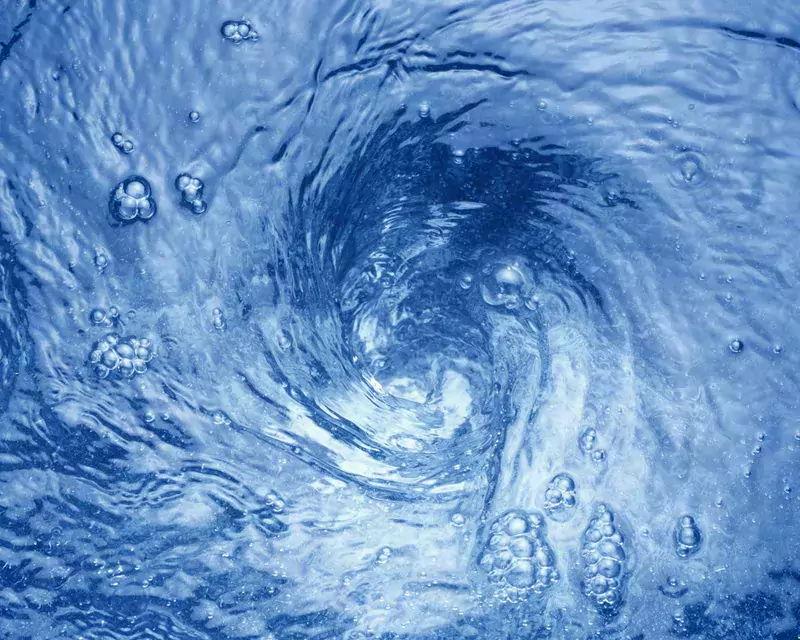The new regulation EC 547/2012 that establishes the eco-compatible design for water pumps was published on 25th June 2012. This regulation is part of a bigger European Community project for the reduction of energy consumption.
The water pumps are classified as part of electric motor systems. The overall potential for better energy saving for these systems is quantified at about 20-30 %. One of the factors that contributes to this energy saving is the use of low energy consumption pumps.
On the basis of these preliminaries, the European Community has decreed that water pumps represent a product for which eco-compatible design specifications must be established.
The preparatory study highlighted that water pumps are commercialized in big quantities within the European Community. Their consumption during the usage phase is the most relevant environmental aspect in its life cycle, it was estimated in 2005 that the annual consumption of energy linked to the use of electric pumps was equal to 109 TWh. In the absence of any measures of control, it is predicted that energy consumption will increase to reach up to 136 TWh in 2020. The regulation prepared by the European Community favours the introduction of technology which decreases the impact of pumps on the environment during their life cycle, the adoption of these measures will mean an estimated energy saving of 3.3 TWh by 2020 compared to the scenario where these measures were not taken.
What does directive set?
The EC 547/2012 regulation will be applied to centrifugal pumps for pumping clean water also integrated with other products. The regulation includes the introduction of specifications for the minimum energy efficiency according to the following timetable:
1) Starting 1° January 2013, water pumps must have: at the best efficiency point (BEP), at part load point (PL) and at over load point (OL) a mimimum efficiency measured according to regulation and calculated with a C value for MEI = 0,10
2) Starting 1° January 2015, water pumps must have: at the best efficiency point (BEP), at part load point (PL) and at over load point (OL) a mimimum efficiency measured according to regulation and calculated with a C value for MEI = 0,40.
Which pumps are covered in this regulation?
- End suction own bearing (ESOB) pumps for pressure up to 16 bar, shaft power of 150 kW, maximum head of 90 metres at a nominal speed of 1450 rpm or maximum head of 140 metres at a nominal speed of 2900 rpm.
- End suction close coupled (ESCC) pumps for pressure up to 16 bar, shaft power of 150 kW, maximum head of 90 metres at a nominal speed of 1450 rpm or maximum head of 140 metres at a nominal speed of 2900 rpm.
- End suction close coupled inline (ESCCi) pumps for pressure up to 16 bar, shaft power of 150 kW, maximum head of 90 metres at a nominal speed of 1450 rpm or maximum head of 140 metres at a nominal speed of 2900 rpm.
- Vertical multistage (MS-V) pumps designed for pressure up to 25 bar, with nominal speed of 2900 rpm and maximum flow rate of 100 m3/h.
- Submersible multistage (MSS) pumps with outer diameter of 4” or 6” designed for use in a borehole at a nominal speed of 2900 rpm and a working temperature within a range of 0°C and 90°C.
The regulation is not applied to:
- Pumps specifically designed for pumping clean water at temperatures below -10°C or over 120°C.
- Pumps designed exclusively for use in fire-fighting applications.
- Displacement water pumps.
- Self-priming water pumps.
During the entire regulation preparation process, Calpeda, through the participation of Europump working groups, collaborated on defining this regulation.





